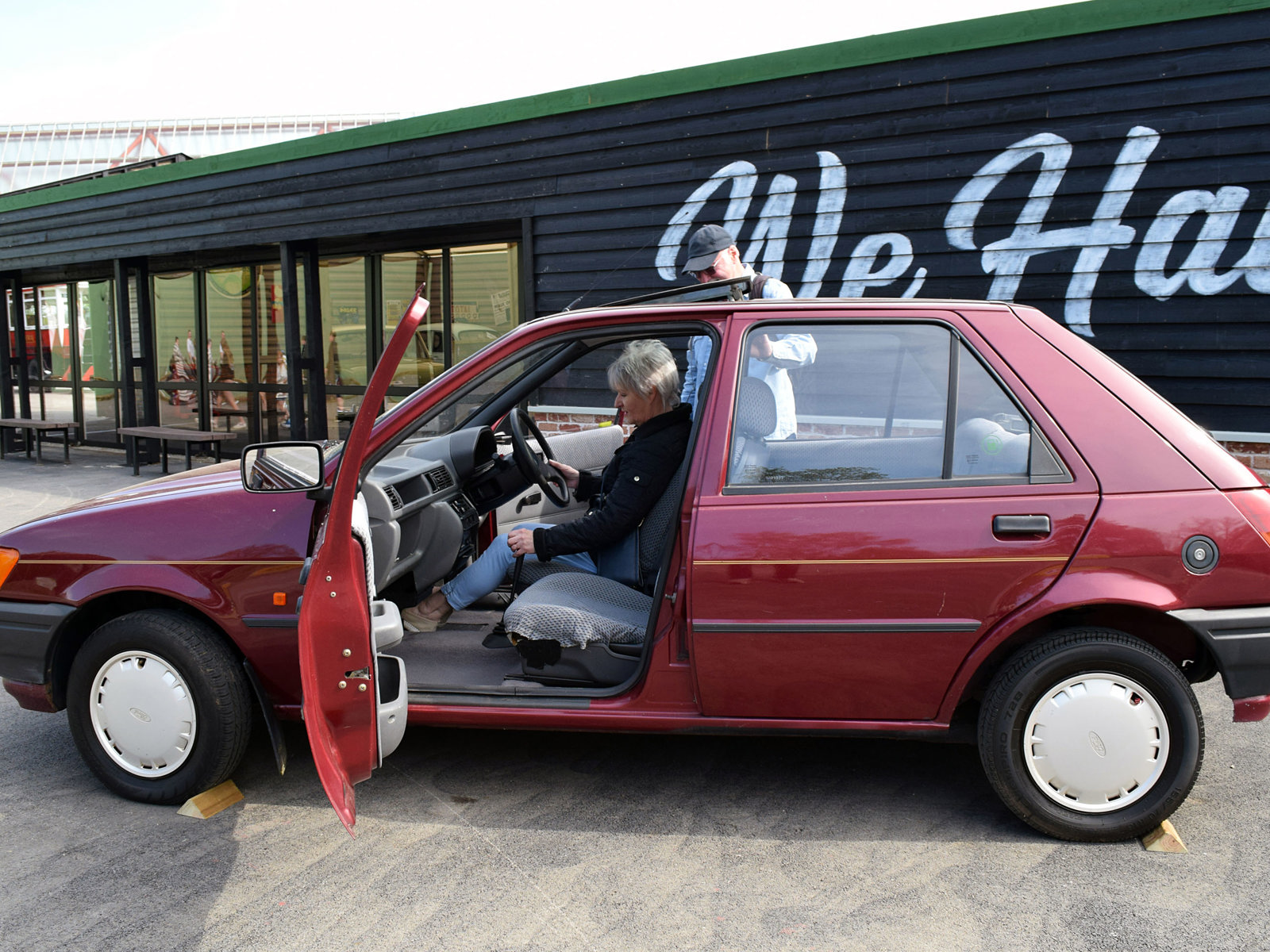
What cars for We Had One of Those?

Jon Murden, National Motor Museum Chief Executive describes the concept of the We Had One of Those display and delves deeper into the history of cars in Britain from the 1950s to the start of the 21st century.
The concept for We Had One Of Those was always that it would be nostalgia driven, relatable and interactive. Audience research consistently told us that both existing visitors and those who have not visited Beaulieu recently, wanted the ability to have a closer experience with the cars we display. Just looking wasn’t enough. They wanted to engage with more of the physical nature of motor cars as objects. To experience how painted steel, chrome, vinyl and leather has a unique feel and tactile nature, and when brought together in a car’s interior, have a unique smell too.
This connection can be deeply emotional, quickly transporting us back to past times or significant milestones in our lives. From childhood memories of days out and holidays, to learning to drive, the school run and commuting to work, or memorable trips with people we love – the motor car is with us on life’s journey. So, we wanted the cars in We Had One Of Those to try and convey some sense of this and hopefully allow our visitors to relate back to their own stories, which we hope they will share with each other. Certainly, we already know from our pilot display in 2024 that there’s a significant inter-generational aspect to sitting in classic vehicles, as perhaps more mature drivers share with our younger visitors, for example, their first-hand knowledge of what a choke is for and why a clothes peg could be vital to the smooth progress of your journey!
As to the cars themselves, the intention is that We Has One Of Those will be flexible and change every year. So, if you didn’t have one of those when you first visit, perhaps next time we will. But the mix had to be a blend across five decades, from the 1960s to the 2000s, and encompass a range of cars aimed originally at different markets and different types of customer. From the economy runabout to the respectable family car, the flashy sports coupe, to the company fleet workhorse. Basically, cars that were once on every street corner, but have now all but disappeared!


1960s
In the public imagination, the Morris Minor might best represent family motoring in the post-war years, it being the first British car to sell over one million units. Light and easy to drive, with excellent handling, this made it a very popular car with Driving Instructors, and tens of thousands of British motorists passed their test in a Minor. Their robust, simple construction made them a common choice as a ‘first’ car on the second-hand market too, decades after production ended in 1971.
Having long disappeared from our roads, the Hillman marque is probably now unknown to most people. But in the 1960s they were amongst the best-selling cars in Britain. Seen as conventional but well-engineered, and with just enough American flair added to their styling to make them fashionable, Hillman cultivated an upmarket image aimed at respectable middle-class suburbia. Considered a cut above a comparable Ford, Austin or Morris, if you could afford a Hillman Super Minx, that was a very public statement that you were definitely “keeping up with the Jones’s”
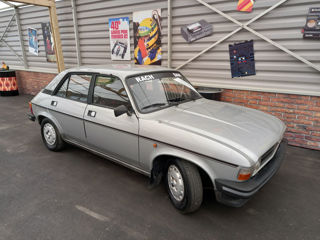

1970s
With over 21.5 million sold around the World, how could a display like We Had One Of Those be complete without the venerable VW Beetle? Distinctive and reliable, the Beetle gained popularity in Britain because of its affordability and economy, making it an attractive option for many families. It even became a cultural icon, thanks in part to its appearance in movies like "Herbie" and its wider association with the peace movement.
A icon of the 1970s, the Austin Allegro is a car that almost everyone has an opinion on. Conceived as a smart, front-wheel drive saloon with aspirations to lead British Leyland’s sales drive into Europe as the UK joined the ‘Common Market’, the transition of the ‘All-Aggro’ from drawing board to finished production car was not a happy one. But over 600,000 were sold, making it one of the best-selling cars in Britain from 1973 to 1979. So, despite the jokes and detractors, many people loved the Allegro and remember it fondly, while a new generation of fans love it for its quirky, retro-cool appeal today.
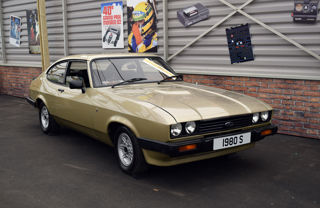
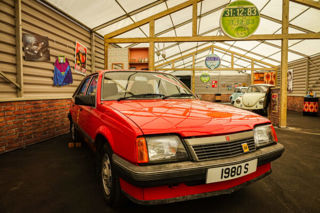
1980s
Launched with the slogan ‘the car you always promised yourself’, the Ford Capri was one of the earliest examples of a mass-produced GT car. It became an aspirational working-class hero by combining great looks, fake alloys and air scoops, with a wide variety of specifications that made it affordable to almost every pocket. Glamour was added through regular product placement on TV shows like The Professionals. A cult car in every sense, by the mid-1980s the Capri also held the unwanted record for being Britain’s most stolen car – which is one measure of its desirability I suppose!
With Ford’s Cortina banished to history and the Sierra’s ‘jelly mould’ shape scaring off customers at first, a new contender emerged to rule the fleet car world of the 1980s, the Vauxhall Cavalier Mk 2. Quickly establishing itself as the best-selling large car in Britain, its looks are as symbolic of the decade as a Filofax or a pair of red braces. Perfect for the company sales rep to load up with samples and hammer up and down the motorway to meet far-flung clients, while at the weekend also being ideally suited as the car to take the family on those unforgettable trips to the seaside. Are we nearly there yet…???
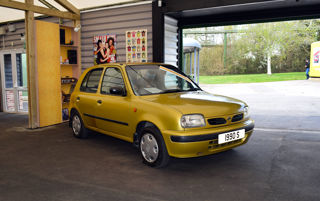

1990s
Launched in 1992, and made in Sunderland, the Nissan Micra represented a changing of the guard as British-owned mass motor manufacturing went into steep decline. No longer would the small family runabout be a Mini, Metro or Imp, as the Micra quickly won the European Car of the Year award and established itself as a best seller. As with the Minor before it, its reliability and ability to stand up to the worst abuse made the Micra a favourite with schools of motoring. A whole cohort of Gen Xer’s came of age learning to drive in a Micra with BSM. I know I did!
A key figure in the 1997 general election that swept Tony Blair’s New Labour into government, ‘Mondeo Man’ represented the self-made, self-employed, home owning, car owning aspirational working class that, in the mid-90s seemed so emblematic of middle England. As the Ford Mondeo became the fourth best-selling car in Britain during the decade, there was perhaps an element of truth in the politician’s stereotype. Conceived as a ‘world car’ it was sold across Europe, North America and Asia, and in Britain reclaimed for Ford the crown of “ultimate Dad’s car” from GM’s Cavalier.
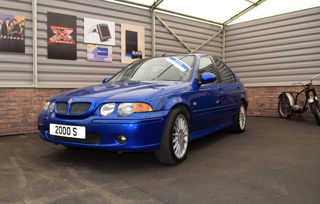
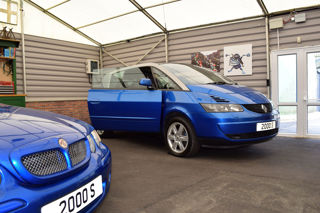
2000s
In April 2005 a long and illustrious car manufacturing history came to an end with the collapse of MG Rover and the closure of the Longbridge factory in Birmingham. The MG ZS represents one of the last ‘rolls of the dice’ by MG Rover’s management to get the best out of what was then a seriously ageing model range. Based on the Rover 45, which was in turn based on the Rover 400, which was originally derived from the 1992 Honda Civic, the MG ZS had a sporting image and was aimed at a younger market than its Rover sibling. The ZS was acclaimed as a car that rode and handled well, was available in a range of vivid, eye-catching colours and increasingly extreme body kits, and even competed in the British Touring Car Championship. But it was all too little too late, and the MG ZS brought down the curtain on what was left of the once mighty BMC/British Leyland empire.
Last but not least, we have a Renault Avantime - a car that you probably didn’t have, but you may have had one of its five-door MPV cousins. A meeting between a people carrier and a coupe, mixed with elements of a convertible, the Avantime was one of arguably one of motoring’s most glorious failures. It represented a long tradition of innovation by Renault. A tradition which in the forms of the Espace, transformed the car buying market in Britain. From one where generations bought saloons and estates, to the world today, where crossovers, MPVs and SUVs are the cars to have – and about which we will perhaps be saying “We Had One Of Those” in the decades to come.
Buy tickets for Beaulieu and We Had One of Those
We Had One of Those is just one of the attractions of Beaulieu. At Beaulieu, one inclusive ticket provides access to The National Motor Museum, Palace House & Gardens, Little Beaulieu, Beaulieu Abbey, The Secret Army Exhibition and unlimited rides on the monorail.
We Had One of Those on Rewind TV!
View episodes of Rewind TV's We Had One of Those reviewing ten cars on display in the Beaulieu exhibition.